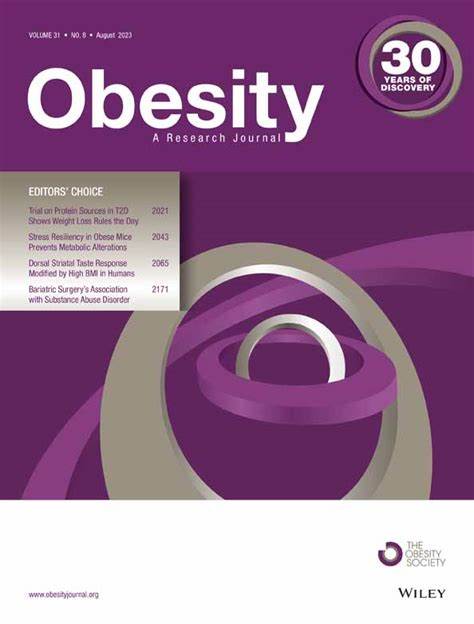Grocery intervention and DNA-based assessment to improve diet quality in pediatric obesity: a pilot randomized controlled study
Abstract
Objective
We assessed the impact of a food-provisioning intervention on diet quality in children with obesity.
Methods
Participants (n = 33, aged 6–11 years) were randomly assigned to either usual care (intensive health behavior and lifestyle treatment) or intervention (usual care + food provisioning; high-fiber, low-dairy diet) for 4 weeks. The primary outcome was a change in child diet quality at Week 4. Secondary outcomes were changes in weight, food insecurity, gut microbiome composition (16S ribosomal RNA), and dietary intake, measured via an objective DNA-based biomarker (i.e., FoodSeq). Genomic dietary data were analyzed against a larger pediatric adolescent obesity cohort (n = 195, aged 10–18 years) from similar households.
Results
Intervention demonstrated changes across all assessed diet components and was more effective than usual care in increasing whole grain (β = 0.20, 95% CI: 0.05 to 0.34; p = 0.013) and fiber (β = 2.52, 95% CI: 1.28 to 3.76; p < 0.001) and decreasing dairy (β = −1.31, 95% CI: −2.02 to −0.60; p = 0.001). FoodSeq results, highly concordant with grocery orders (adjusted R2 = 0.65; p < 0.001), indicated a dietary shift toward low-energy-density plant taxa in the intervention relative to a prior survey of diet in a related cohort (β = 8.64, 95% CI: 5.18 to 12.14; p < 0.001). No significant changes were observed in microbiome, weight, or food insecurity.
Conclusions
Our study supports the potential of dietitian-guided food provisioning for improving diet quality in children with obesity and demonstrates an objective genomic approach for evaluating dietary shifts.

 求助内容:
求助内容: 应助结果提醒方式:
应助结果提醒方式:


